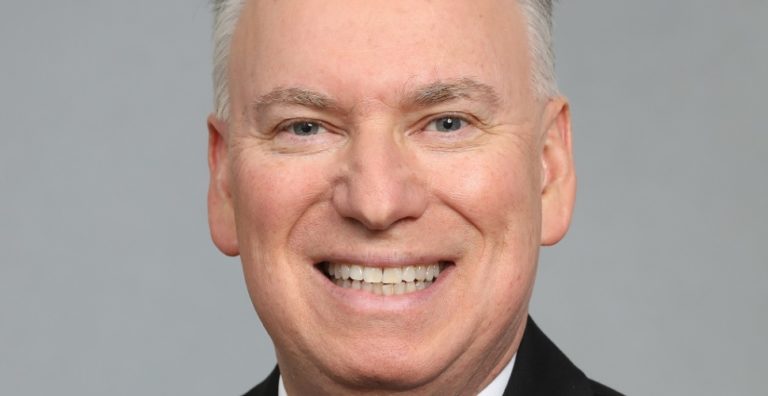By Bala V. Sathyanarayanan
It is simple really. If you put a child in a room full of adults with no other child in sight, sooner or later that child will do one of the following things:

- Get bored; fall asleep.
- Throw a tantrum; demand more attention.
- Leave the room
Put a senior citizen in a room full of teenagers and you will probably get the same effect, excluding maybe the tantrum.
In the same way, engaging millennials is best done by other millennials.
Let me share an example with you. Tom joined Company A four years ago. He had just earned his MBA and after a few months of interviewing, he settled for Company A because he felt the company reflected his values and he could work toward his goals there. Tom was 27 then. He is 31 now and a senior manager. He has risen through the ranks and is being touted as one of the young people expected to take an executive position in the very near future.
Recently, the university recruiting team started asking Tom and a couple of people with similar histories to go with them when they visit business schools and other graduate programs. This team is made up of Sally who is 23 years old and two years fresh from college and Mike, an experienced recruiter with more than 20 years under his belt recruiting the best talent for Company A. Sally was responsible for suggesting the inclusion of Mike on these recruitment exercises. Hear her:
“I think students will be drawn to Tom because he represents something they can identify with and measure their growth by. Mike and I each have a different sort of experience that might be tougher for the people we speak to at these events to identify with but with someone like Tom, who is closer in age and has been where they were, I think it might be easier for the students to see themselves at our organization.”
Sally’s suggestion was pure genius. Since Tom, and others like him, started attending these events with the team, Company A has seen a 40 percent increase in number of applications, and a 20 percent rise in the number of graduate hires.
Attracting and recruiting millennials using millennials is just the first step. Onboarding processes should include a step that pairs up a new employee to someone with a similar background. At Xerox, our Young Professionals at Xerox (YP NEXUS) organization is an active affinity group that ensures our young professionals are engaged and building relationships. As the executive champion of the Norwalk arm of this organization, I have been privileged to experience first-hand the strength and relevance of community for our new hires.
After all is said and done, we (millennials, baby boomers, Generation X), are all human. “Belongingness,” which includes love, friendship and family, is one of our basic fundamental needs. Companies will do well to find ingenious ways to meet this critical need.
How is your company attracting, retaining and engaging millennials? Tell me in the comments.




This tribe will dominate the workplace in the future. Organizations need to find a way to recruit and integrate them in their firms. This is a simple but powerful idea that every organization serious about hiring millennials may consider.
It’s time we understand and more importantly, accept that this generation has developed a way of learning that is/was completely different than the way we learned-us/we/me-linear vs. – – – – – – – -. Because of that, their way of learning in the workplace will be different as well. We need to adapt the way we instruct, mentor, and communicate with the millennials.